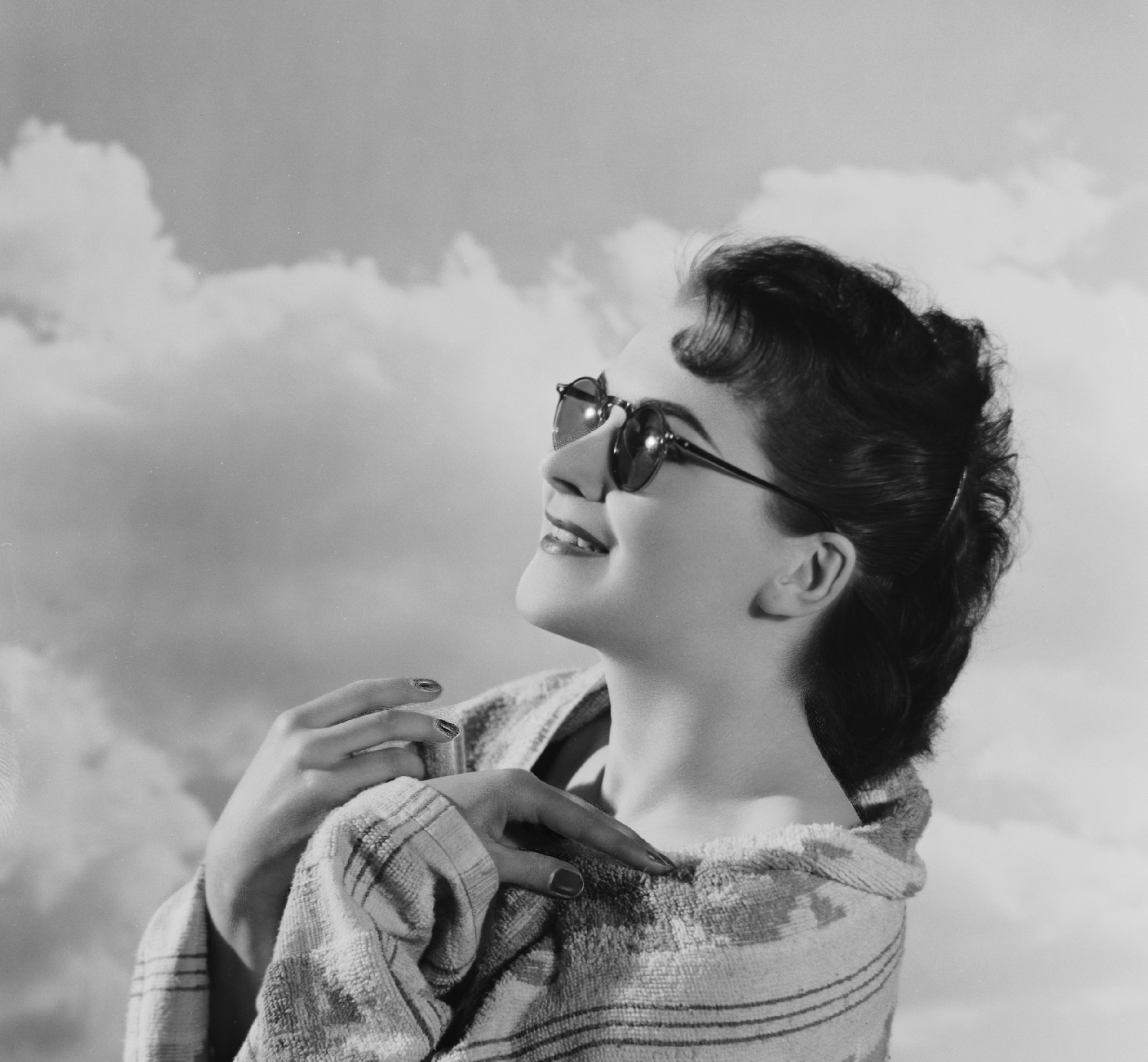To mark a major exhibition The Sun: Living With Our Star which opened at the museum in October 2018, I’ve been exploring the summer accessories that one should never leave home without. Sunscreen and a hat are always a good idea, but few can give the wearer a look of cool aloofness that a hip pair of sunglasses can provide. Beyond their fashion credentials, sunglasses can also be very necessary to help us see through harsh glare and protect our eyes from damaging ultraviolet rays.
But how did sunglasses become the epitome of summer cool and how do they protect us? Here are some examples of historic eyewear that show how function and fashion evolved to create your favourite pair of sunnies.
1. Emperor Nero’s Emerald
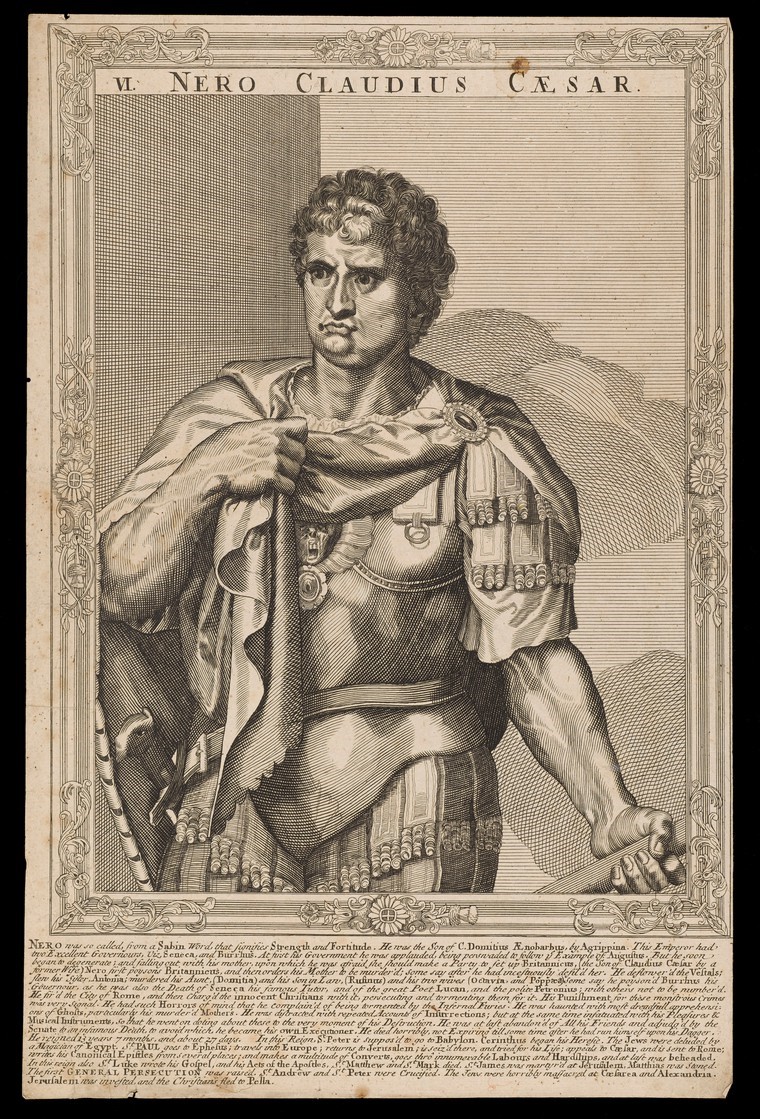
In his work Natural History, Pliny the Elder described how the Roman Emperor Nero would watch gladiator matches through an emerald. This has been considered by some as a rather opulent, if a bit ambiguous, account of a precursor to sunglasses. Some speculate that this was because Nero was near-sighted or that it was meant to shield the Sun’s glare. Whatever his reason, it is almost certain that the results would not have been crystal clear.
2. Inuit Snow Goggles

Some of the earliest known examples of ‘snow goggles’ were fashioned by Inuit peoples in the arctic regions of North America. Known as nigaugek or igguag, they were developed some 2,000 years ago. They were made from many kinds of materials, including wood, bone or straw and featured small slits that limited the amount of sunlight that reached the eye. These were meant to prevent snow blindness, a painful condition caused by overexposure to ultraviolet light. Modern research has shown them to be very effective.
3. Chinese Smoky Quartz
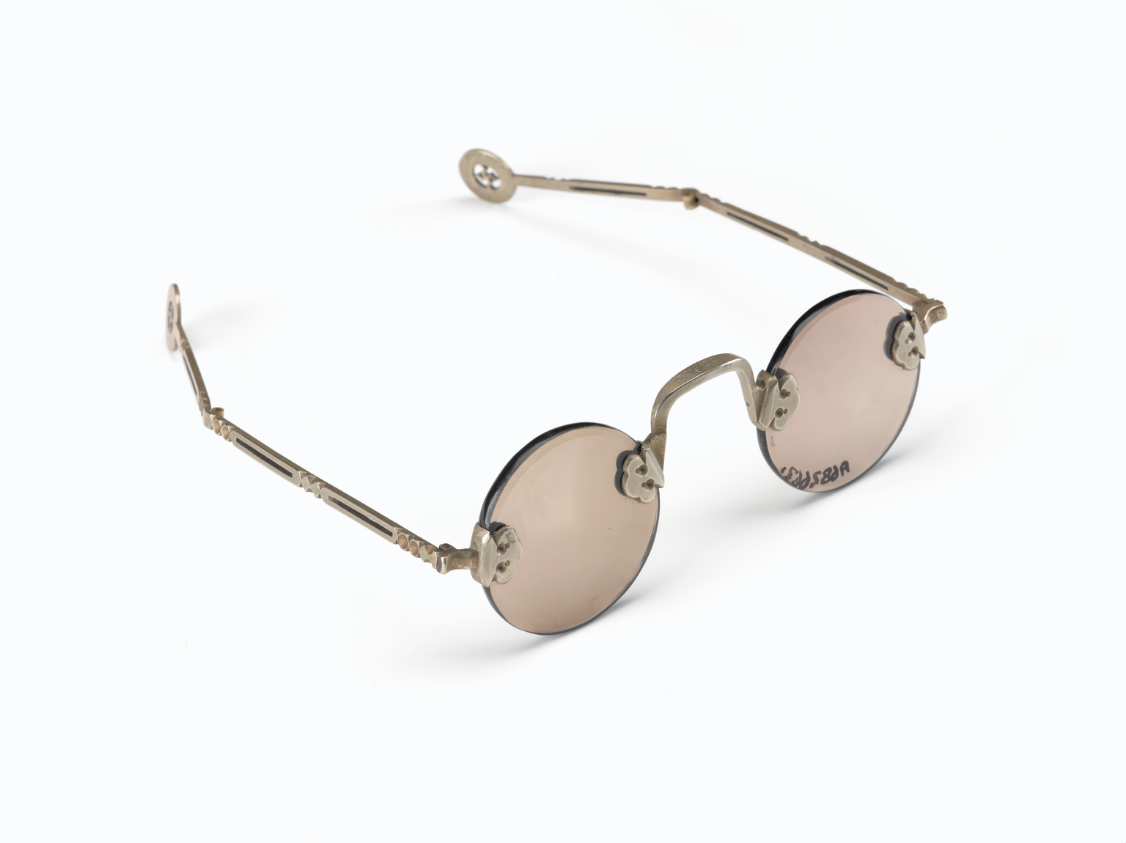
Dating back about 900 hundred years, Chinese people were known to use flat pieces of smoky quartz as vision aids. Known as Ai Tai, meaning ‘dark clouds covering the Sun’, these types of lenses were incorporated into spectacle frames around the 15th century. They were worn for many purposes which included therapeutic and ceremonial uses. Some historical accounts describe them being worn by court judges to conceal their facial expressions during trials.
4. Goldoni Glasses
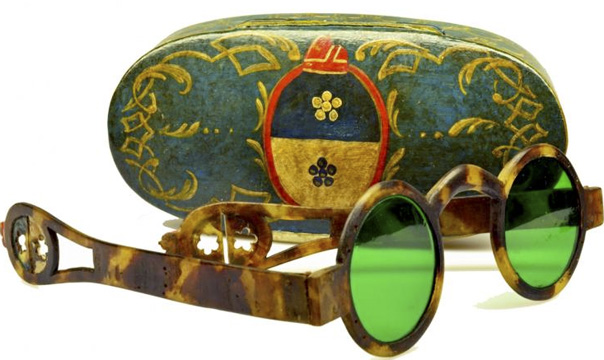
The first tinted spectacles intended specifically for sun protection were worn in Venice, Italy in the late 18th century. They were known as Goldoni Glasses, named after the famous playwright Carlo Goldoni who popularised the style. They were most often worn by gondoliers who needed protection while working in the sunny canals of Venice.
5. British Eye-Preservers

Also in the 18th century, therapeutic eye-preservers became popular in Britain for those who suffered from pre-existing conditions that made them sensitive to light. Though not technically considered sunglasses, it was thought that their blue or green lenses would correct vision impairments and alleviate discomfort caused by glare.
6. Atlantic City to Hollywood
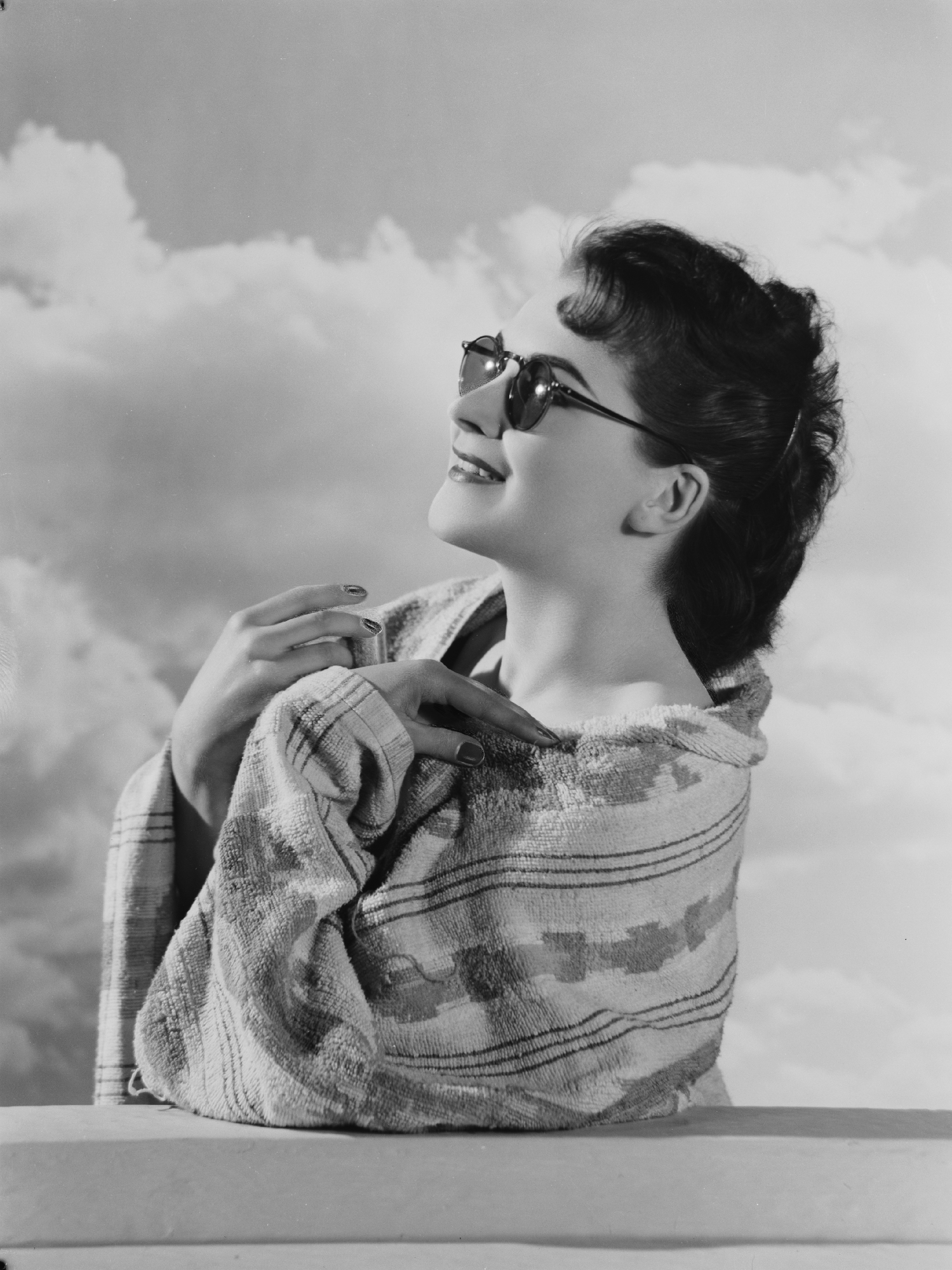
Some of the first examples of inexpensive mass-produced sunglasses were made by Foster Grant and sold to beach-goers in Atlantic City, United States in 1929. With the advent of injection moulding techniques, Foster Grant was able to manufacture sunglasses made from celluloid. Sales were bolstered by advertisements featuring Hollywood celebrities, making sunglasses a fashion staple.
7. Aviators
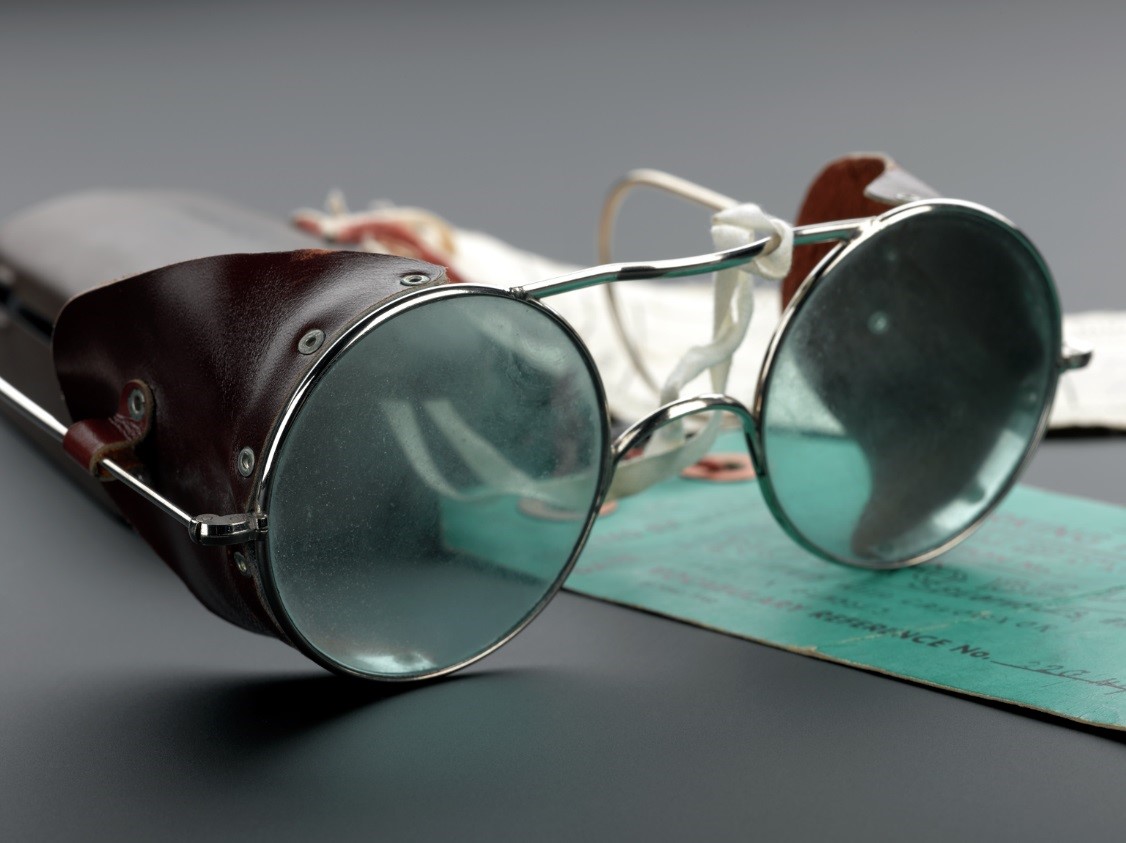
During World War II, military organisations began designing spectacles for pilots who needed glasses that would enhance their vision and reduce glare at high altitude. The US Army Air Corps enlisted the help of eyeglasses maker Bausch & Lomb, who developed the iconic Ray-Ban Aviator in 1939. The RAF also designed anti-glare glasses for their pilots, such as these pictured.
8. Polaroid

Polaroid lenses were invented in the 1930s in Massachusetts, United States. Polaroid applied a filter to lenses that blocked glare from reflected light, greatly increasing visibility. This made activities such as driving, skiing and cycling much safer and more comfortable. Though polaroid lenses do improve vision, they do not always block ultraviolet light.
9. Ultraviolet Protection
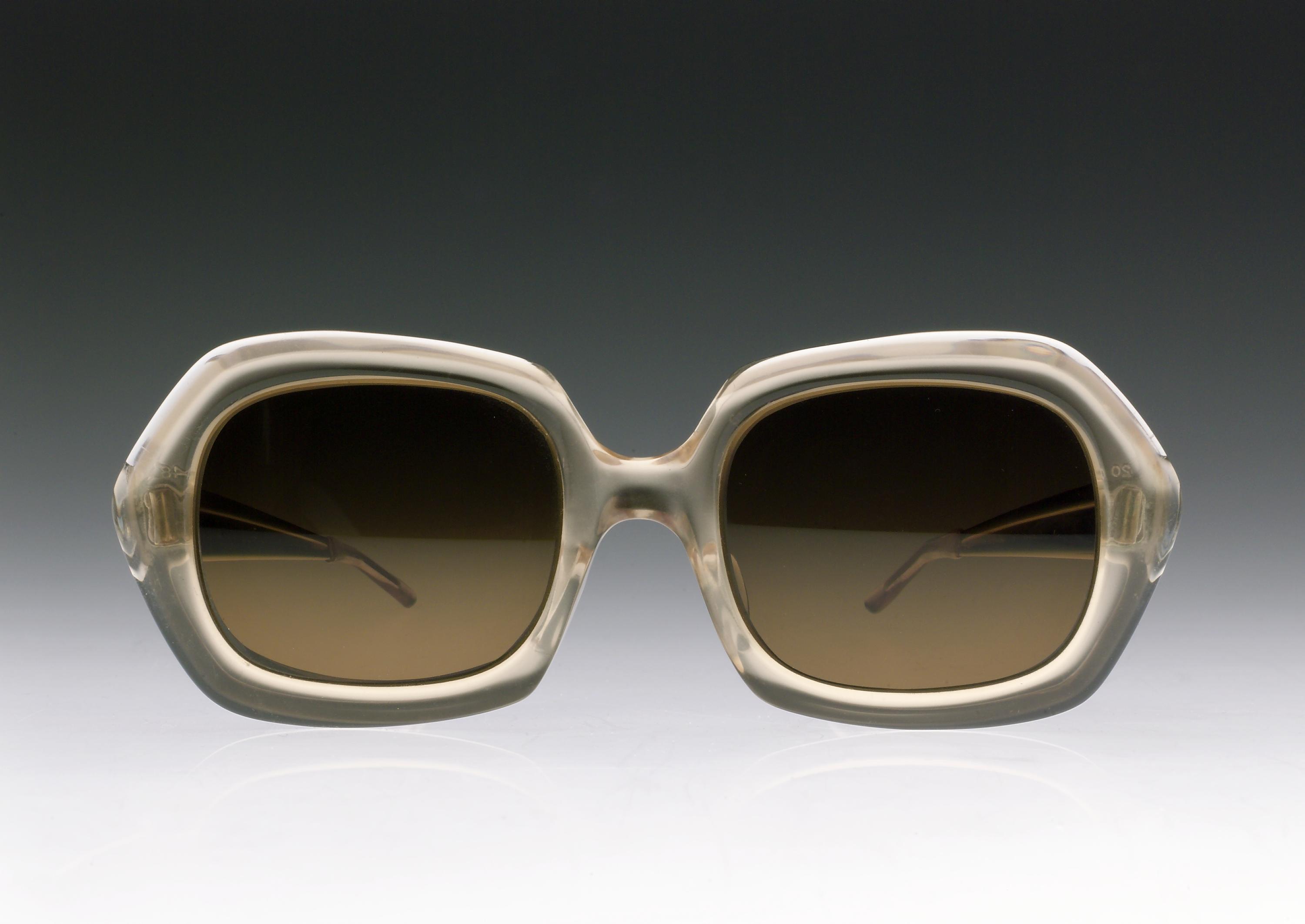
Today, it is understood that exposure to ultraviolet light can lead to cataracts and vision loss later in life. By the 1970s many countries, including Australia the United States and those in Europe, adopted standards of ultraviolet protection for sunglasses. When looking for your next pair of sunnies, be sure to go for a pair that is certified to block ultraviolet to protect your vision!
Learn more about humanity’s relationship with our nearest star in this blog series, based on our recent exhibition The Sun: Living With Our Star.
